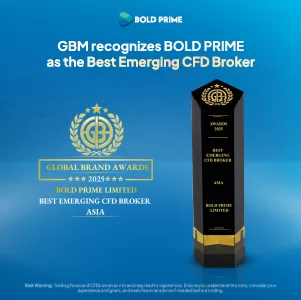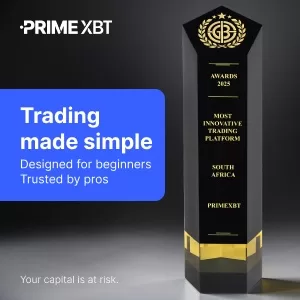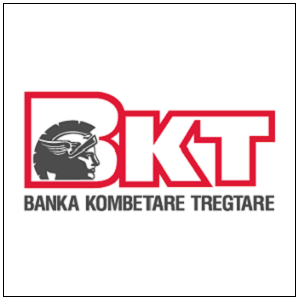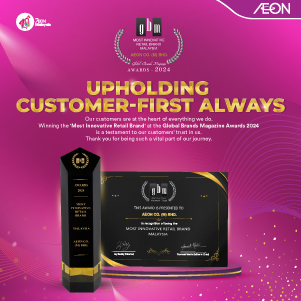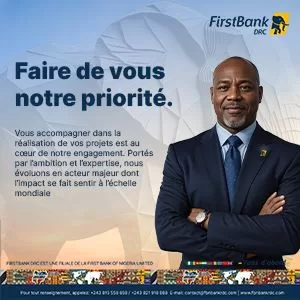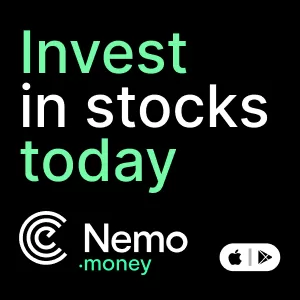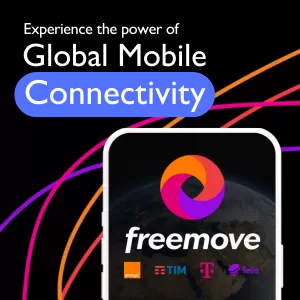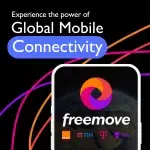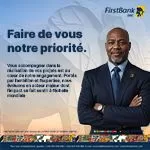Entertainment
Remembering Ozzy: Iconic and Unapologetically Human
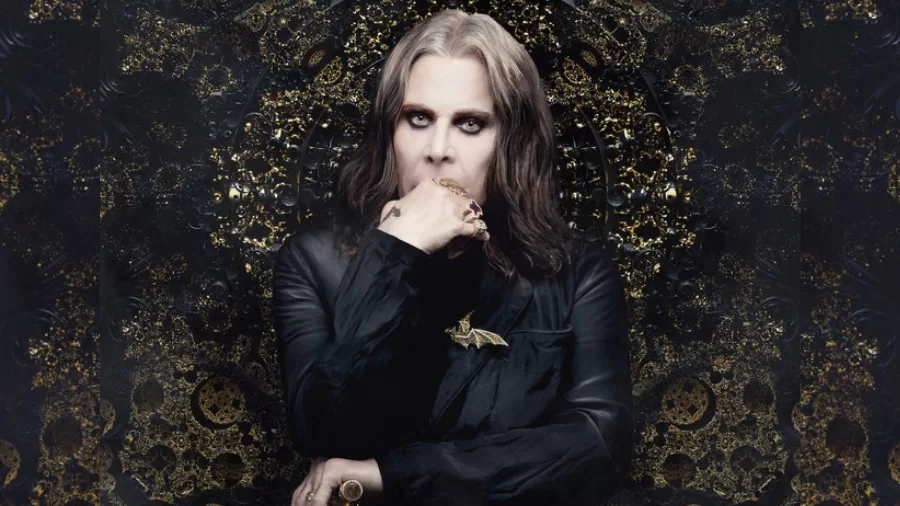
- Reflecting on the legacy of a cultural icon who reshaped music and branding.
- Tracing the brand journey of one of rock’s most unforgettable voices.
A Voice That Changed Music History
There are rare moments in time when a personality doesn’t just pass through culture but becomes woven into it. When someone’s life becomes a mirror for a movement, a soundtrack to decades, a symbol that transcends their own era. Ozzy Osbourne was one of those figures.
To speak of Ozzy is to speak of a career unlike any other in rock history. Across the stage, through screens, into homes, through headphones—he remained ever-present, ever distinct. It wasn’t just the music that made him monumental. It was the way he carried it. The way he owned the space around him, not by force, but by presence.
Ozzy Osbourne didn’t just perform. He commanded.
Black Sabbath and the Rise of Heavy Metal
His debut with Black Sabbath in the late 60s did more than launch a band—it sparked a movement. The band’s self-titled debut, released in 1970, was often cited as the birth of heavy metal. Just a year later, the album Paranoid soared with hits like “Iron Man” and “War Pigs”, both of which became anthems not only for a genre but for a generation.
Millions bought in. Not just records, but belief.
By the mid-70s, Sabbath had sold millions of albums worldwide. Ozzy’s voice wasn’t just recognisable—it was unmistakable. Raw, haunting, and filled with intent, it didn’t matter whether you were at a stadium or in a bedroom with headphones on; when Ozzy sang, you listened.
Reinvention Through Solo Stardom
But his journey wasn’t a straight line.
After parting ways with Black Sabbath in 1979, a solo chapter began—unexpected and uncertain. What followed was Blizzard of Ozz in 1980, introducing classics like “Crazy Train” and “Mr Crowley”.
The album sold over 5 million copies worldwide. It wasn’t just a comeback. It was a reinvention.
Theatrics, Risk, and the Unexpected
From the start, Ozzy’s career had a rhythm of risk.
He leaned into the bizarre, played with the theatrical, and embraced controversy and contradiction. On stage, he was a spectacle. Off stage, he was candid, flawed, and human.
This duality is what made him unique.
In 1982, a moment that would come to define his off-stage mythos occurred in Des Moines, Iowa, when Ozzy bit the head off a bat thrown on stage. Intended or not, it became one of the most talked-about incidents in rock history. It wasn’t a PR strategy. It was pure, raw unpredictability. And somehow, it only deepened his mystique.
That same year, Diary of a Madman reinforced his solo dominance. Tour attendance, record sales, media coverage—he wasn’t just staying relevant. He was growing bigger.
From Rock Star to Reality Star
But his biggest leap into mainstream households came not from an album or concert but from reality television.
When MTV launched The Osbournes in 2002, few expected what followed. The show averaged over 5 million viewers per episode in its first season, becoming the most-watched original programme on the network at the time.
Here was Ozzy, no longer just a rock god but a father, husband, and often unintentionally hilarious lead of a family sitcom. Swapping pyrotechnics for breakfast mishaps, the show didn’t dilute his legacy—it expanded it. A whole new demographic found him.
Brand Collaborations and Cultural Influence
And brands followed.
Ozzy became a face for Hot Topic retail, a name tied to Guitar Hero, and an inspiration for collaborations with brands like Vans and Fender. He became more than a musician—he was a lifestyle anchor for audiences around the world.
Through his Ozzfest music festival, launched in 1996, he curated and showcased talent while keeping his brand front and centre. The festival sold millions of tickets over its run and brought countless new acts to global stages.
Merchandising and Licensing Reach
Even in merchandise, his reach was undeniable. From band tees to figurines, Ozzy-branded products moved across categories and generations. Reports from Statista in 2022 estimated the global rock merchandise market to exceed $3 billion. Ozzy was embedded in that ecosystem.
Few artists can claim a personal brand that stretches across:
- Six decades of active influence
- Over 100 million records sold
- Reality TV syndication in multiple regions
- Multi-generational fanbase from Boomers to Gen Z
Staying True Through Public Struggles
And yet, he remained grounded in his character. He didn’t polish the edges. He didn’t turn away from past missteps. He brought them in.
Substance abuse. Public meltdowns. Legal disputes. These didn’t define him, but they became part of the whole story—a story people trusted, even when it turned difficult.
The Role of Sharon Osbourne in Brand Stewardship
His wife and manager, Sharon Osbourne, played a central role in brand curation. From crisis handling to contract negotiation, she helped maintain the structure while Ozzy delivered the soul.
Together, they built a brand architecture that held everything: music, media, merchandise, and advocacy.
Real Connection Through Vulnerability
His openness about his battles—Parkinson’s diagnosis included—created a connection that was real. Not sculpted. Not broadcast for sympathy. Just shared.
If there’s a lesson here for today’s brand builders, it’s this:
- Consistency doesn’t mean rigidity.
- Imperfection doesn’t weaken trust.
- Identity isn’t just crafted—it’s claimed.
Ozzy Osbourne claimed his.
The Enduring Impact of an Unfiltered Brand
And in doing so, he gave space for others to do the same.
We’ve followed his voice across formats. We’ve watched him become a father figure, a headline, a meme, and a metaphor. Through it all, he stayed recognisably himself.
In a world of shifting brands and fleeting loyalty, he remains a case study in long-term resonance.
You didn’t have to be a fan of heavy metal to know who Ozzy Osbourne was.
That’s what makes a brand unforgettable.
Ozzy Osbourne did not set out to be a brand.
He became one by showing up, flaws and all.
That’s worth remembering.















